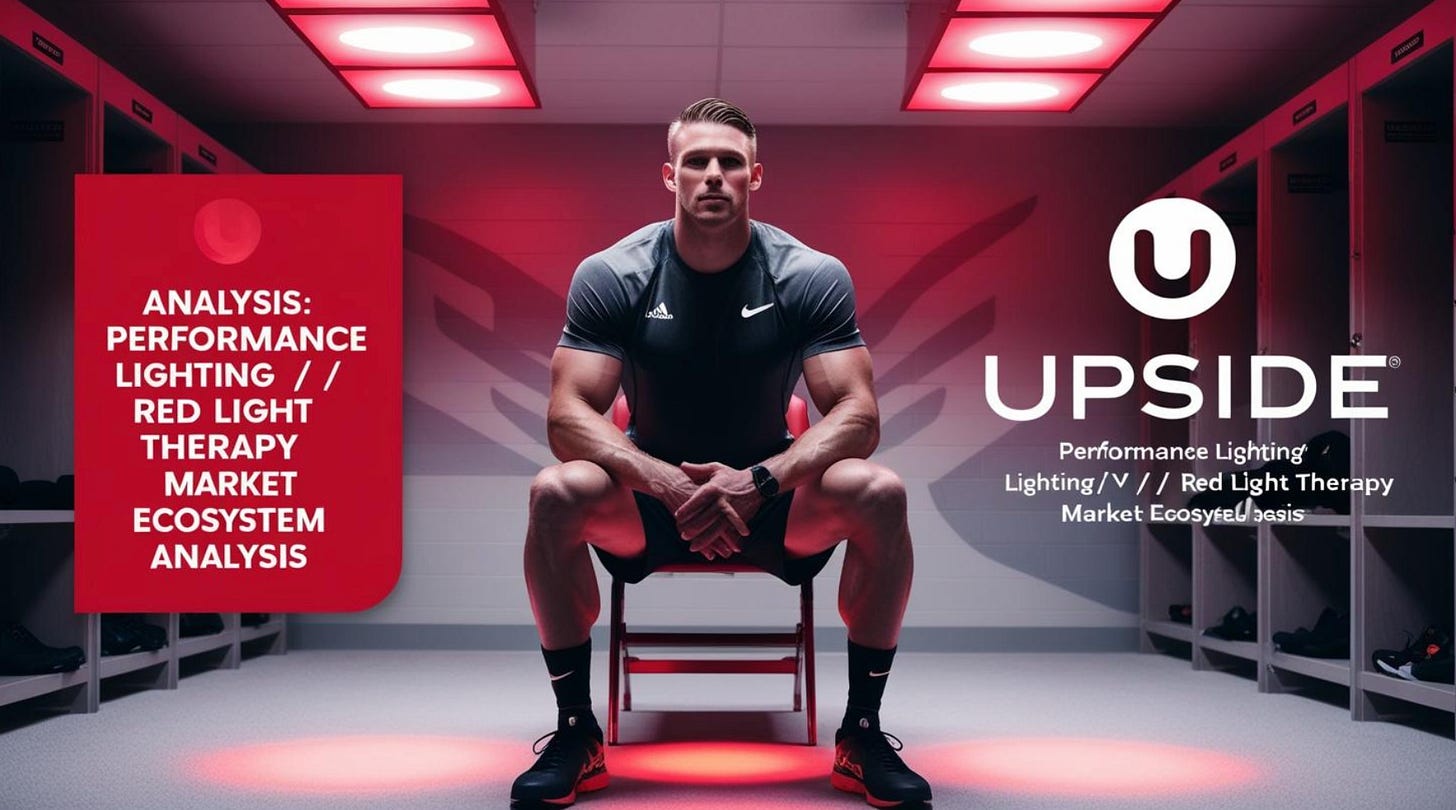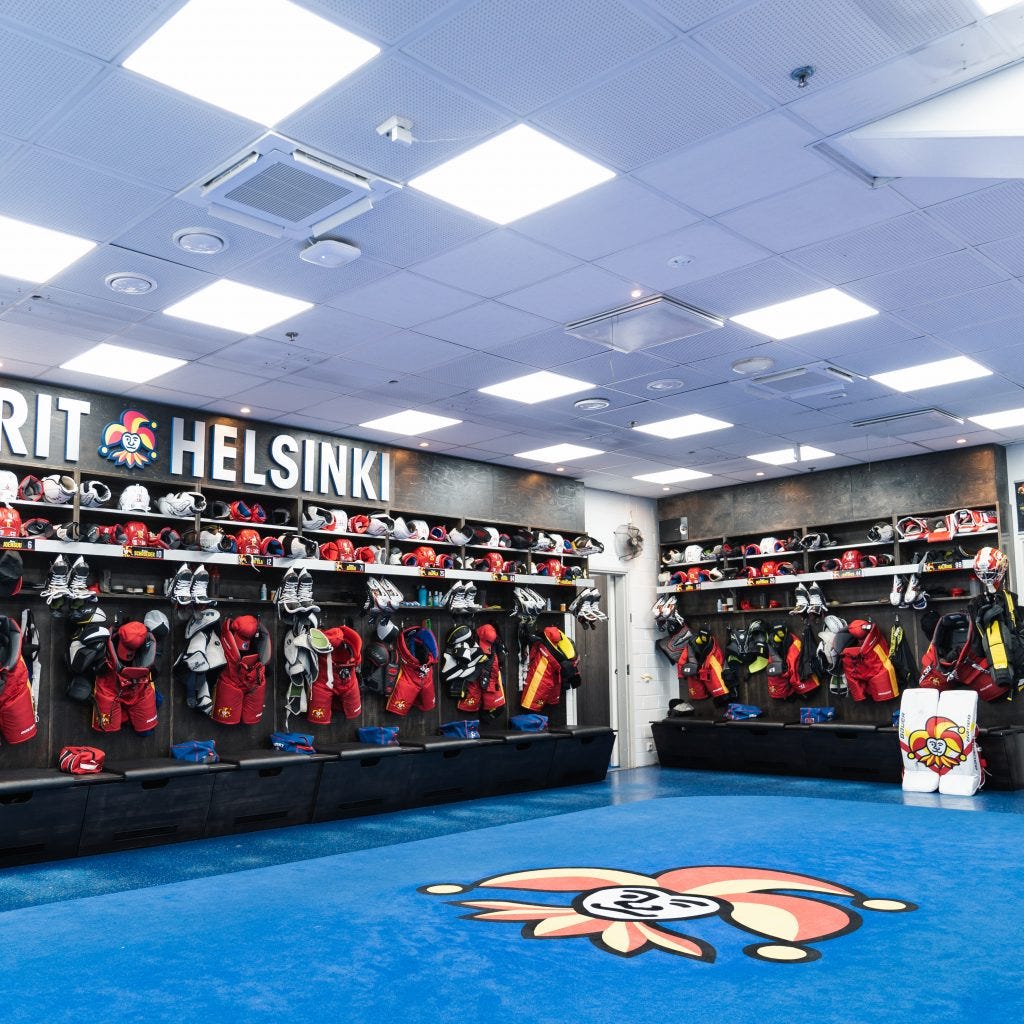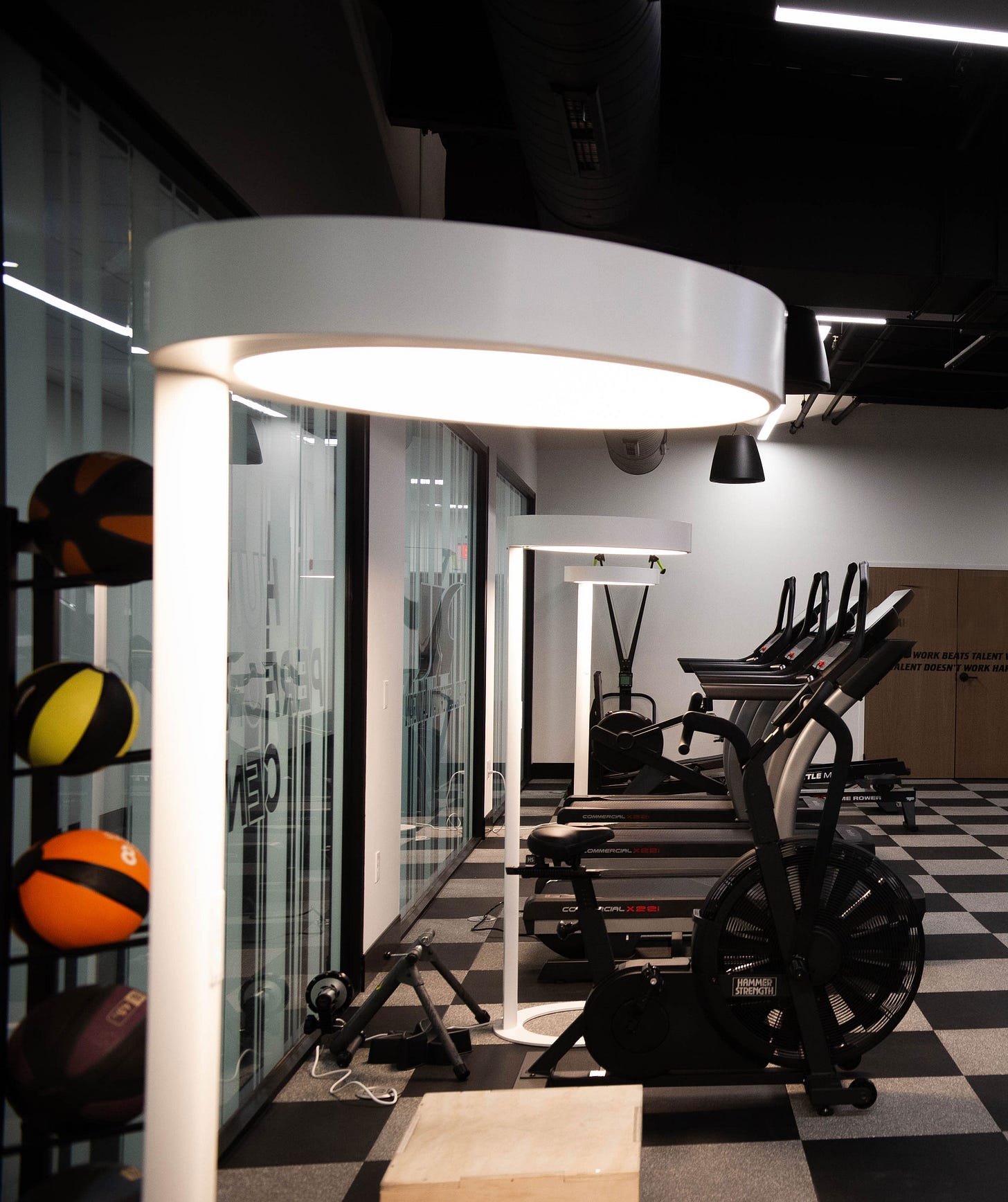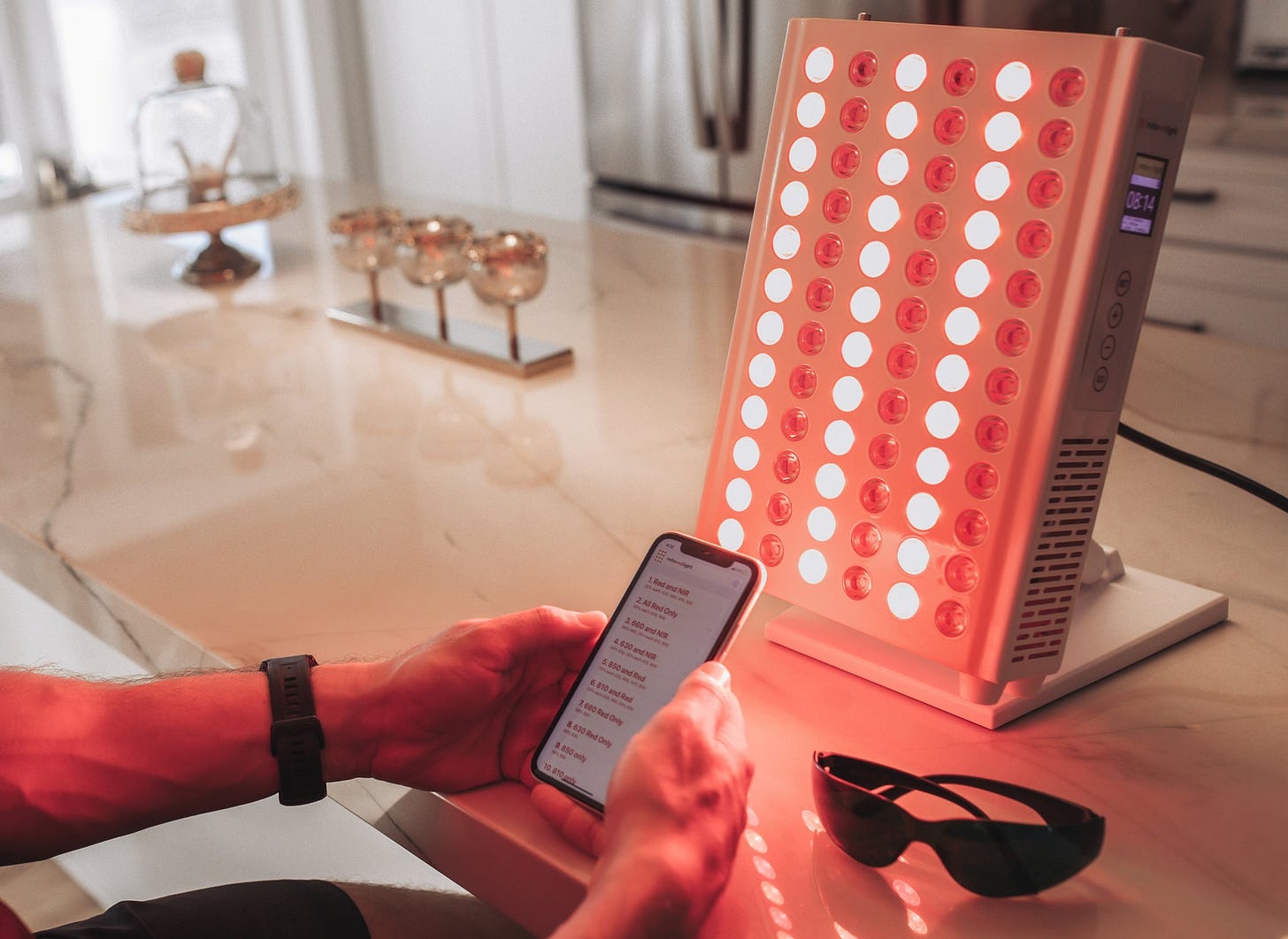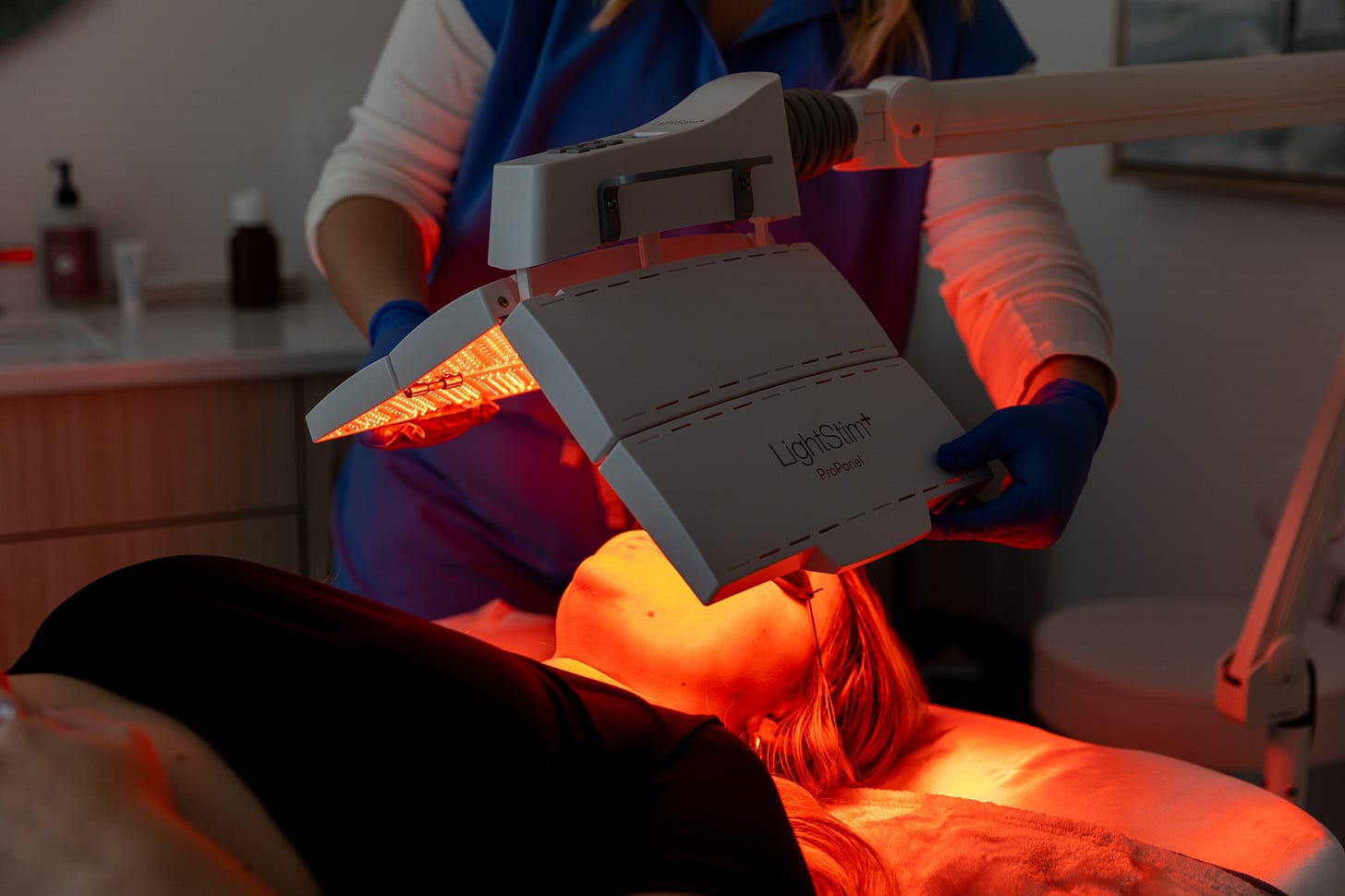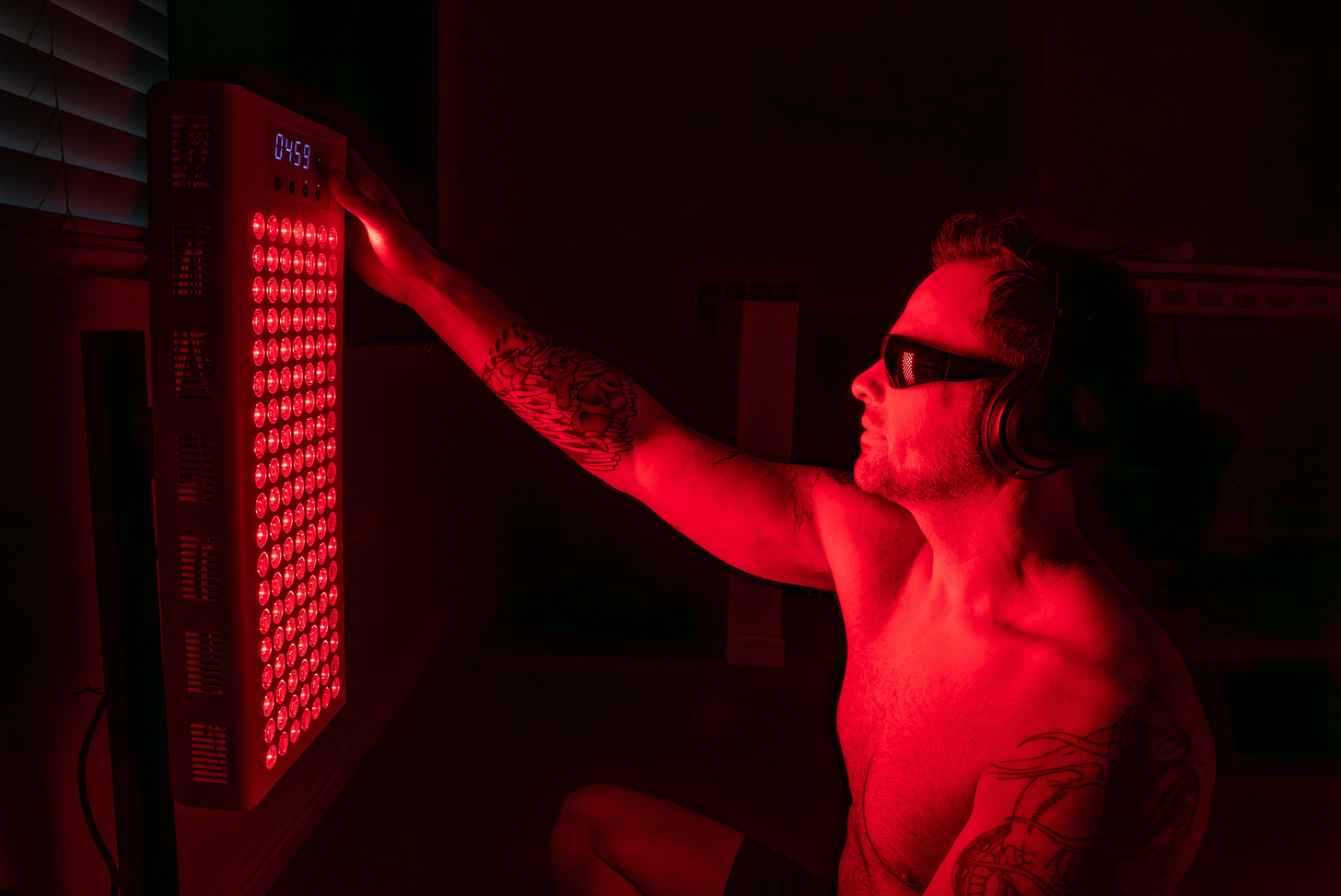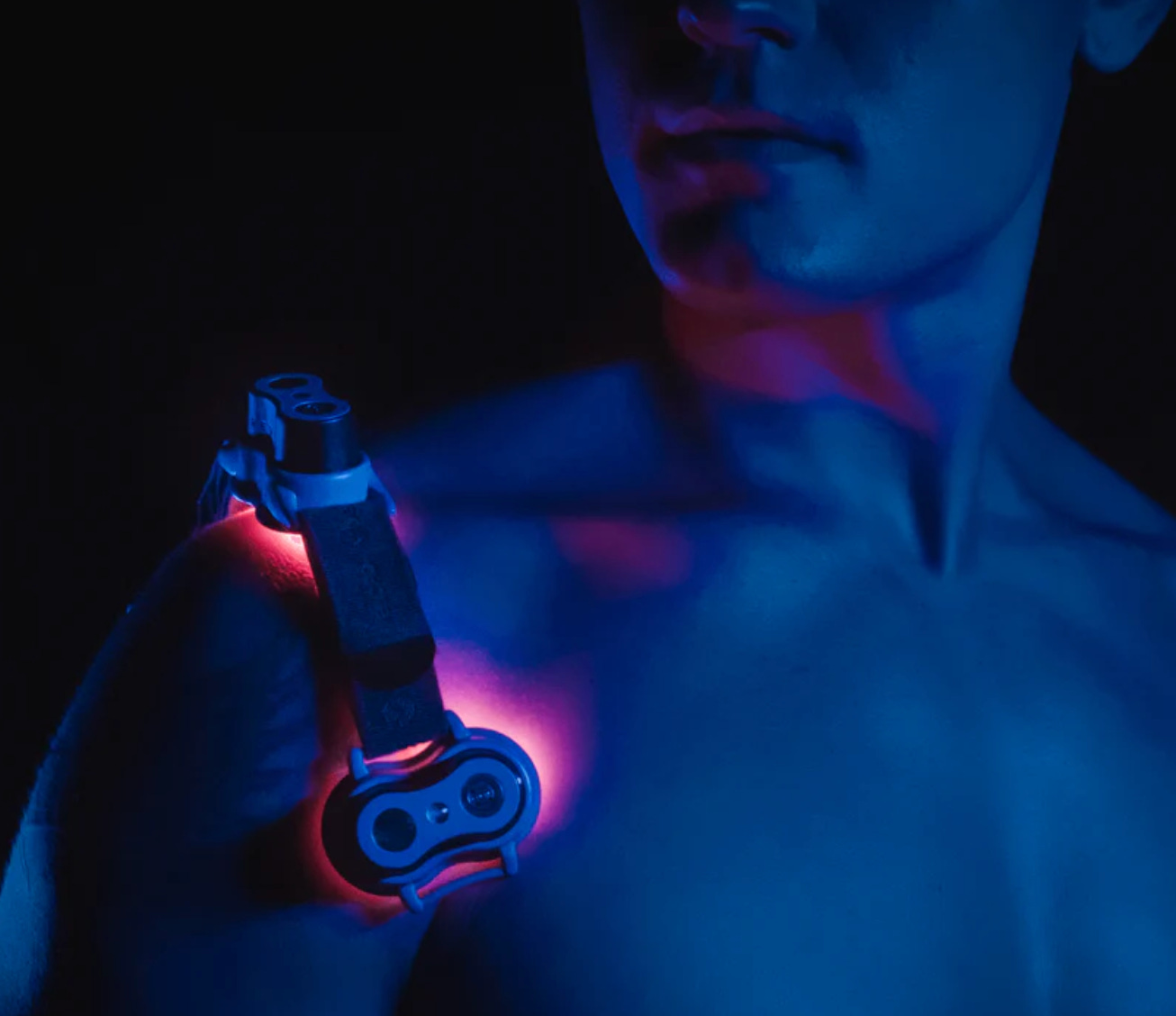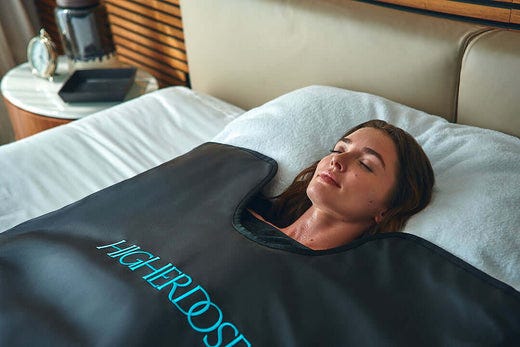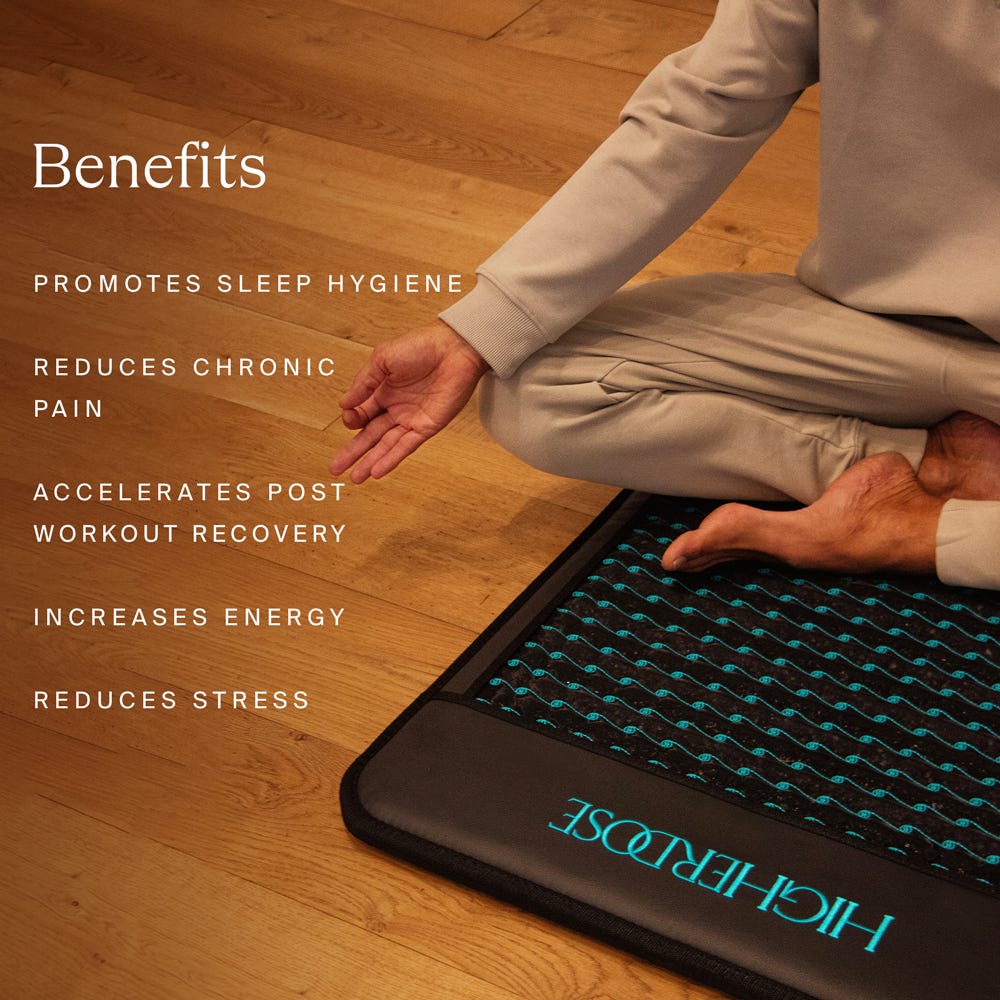💡 Upside Analysis: Performance Lighting / Red Light Therapy Vendors Market Ecosystem Analysis: Key Trends, Drivers, Vendors & Recommendations to Teams
Market Overview
The performance lighting and red light therapy market has emerged as a dynamic and rapidly growing sector, catering to the increasing needs of professional sports teams, fitness enthusiasts, and wellness practitioners. These technologies are being utilized to improve athletic performance, expedite recovery, and support general health and wellness initiatives. With applications extending beyond sports into areas like rehabilitation and general wellness, this market is evolving into a cornerstone of non-invasive health optimization strategies. In this analysis we discussed the market size, key trends, drivers, challenges, vendors and provided some recommendations to teams to implement such solutions.
Market Size:
The global red light therapy market is projected to reach $2.5 billion by 2030, demonstrating a compound annual growth rate (CAGR) of 8.9% between 2023 and 2030. The performance lighting segment focused on athletic recovery is a key contributor, with increasing adoption by elite teams and gyms driving this growth. This market expansion underscores the potential of red light therapy to become a standard component of athlete recovery protocols worldwide.
Key Trends
Growing Adoption by Professional Teams:
Sports organizations across leagues such as the NFL, NBA, and MLS are incorporating red light therapy into their athlete management programs. These technologies have proven effective in reducing downtime due to injuries and improving overall performance.
Advancements in Device Technology:
Innovation in device portability, wearability, and customization is reshaping the market. Many devices now feature app-based controls and monitoring systems, enabling tailored treatments and precise tracking of recovery metrics.
Expansion Beyond Sports:
The use of red light therapy is expanding to wellness centers, physical therapy clinics, and even consumer homes. Benefits for skin health, sleep optimization, and chronic pain management are broadening its appeal to new demographics.
Focus on Recovery Optimization:
Red light therapy has gained traction for its role in reducing muscle fatigue, enhancing blood circulation, accelerating tissue repair, and minimizing inflammation. These benefits are highly sought after by athletes and coaches seeking competitive edges.
Rise in Consumer Awareness:
Increased awareness of non-invasive therapies and their potential to replace or complement traditional methods has driven demand. Education campaigns by manufacturers and testimonials from high-profile athletes have further fueled adoption.
Market Drivers
Increased Focus on Athlete Health and Recovery: As the emphasis on player longevity and performance intensifies, teams are turning to proven, non-invasive recovery methods like red light therapy.
Technological Innovation: New features such as enhanced irradiance, device portability, and real-time monitoring systems have improved accessibility and effectiveness.
Cost Effectiveness: Compared to recurring clinical visits, investing in red light therapy devices can offer long-term cost savings for teams and individuals.
Scientific Backing: A growing body of peer-reviewed studies supports the efficacy of red light therapy, bolstering consumer confidence and adoption.
Market Challenges
High Initial Costs:
Many advanced devices, particularly full-body systems, require significant upfront investments, which can be prohibitive for smaller teams or independent users.
Lack of Regulation:
The market lacks standardized regulations, making it difficult for consumers to distinguish between high-quality devices and less effective alternatives.
Skepticism and Education:
Despite scientific evidence, skepticism persists among certain segments of practitioners and athletes. Increased education is needed to dispel myths and highlight benefits.
Device Maintenance:
Sophisticated systems often require regular maintenance and calibration to ensure optimal performance, adding to operational challenges.
The Importance and Impact of Red Light Therapy on Pro Teams and Athletes’ Recovery
Red light therapy has become an essential recovery and performance tool for professional sports teams, offering a non-invasive and scientifically backed method to enhance muscle recovery, reduce inflammation, and optimize overall athlete well-being. By penetrating deep into muscle tissue and stimulating cellular energy production (ATP), red light therapy accelerates healing from injuries, mitigates soreness, and improves circulation, allowing athletes to maintain peak performance with reduced downtime.
Pro teams across the NFL, NBA, NHL, and European soccer leagues integrate red light therapy into their recovery protocols to support faster post-game recovery, manage chronic pain, and enhance sleep quality—key factors in sustaining elite performance over a long season. With its growing adoption in training facilities, locker rooms, and even travel kits, red light therapy has solidified its place as a crucial component of modern sports science and athlete longevity.
Red light therapy (RLT) has seen increasing adoption among professional sports teams and athletes, though precise statistics on its prevalence are limited. Notably, since the 1990s, U.S. Navy SEALs have utilized RLT to enhance muscle regeneration, achieving over a 40% improvement in musculoskeletal training injuries and reduced wound healing times.
In professional sports, devices from companies like ARRC LED have been integral to NFL franchises, professional and collegiate teams, and the U.S. military since 2015. High-profile athletes, such as LeBron James, reportedly invest significantly in recovery modalities, including RLT, to maintain peak performance and longevity. While comprehensive data on RLT's impact across all professional teams is scarce, these instances highlight its growing role in enhancing athletic recovery and performance.
The Importance and Impact of Performance Lighting Therapy on Pro Teams and Athletes’ Recovery
Performance lighting, such as BrainLit’s circadian rhythm-aligned solutions, plays a crucial role in optimizing recovery, sleep, and overall performance for professional athletes. Proper lighting systems help regulate melatonin production, improve sleep quality, and enhance alertness, which is vital for teams managing grueling travel schedules, time zone shifts, and demanding game-day routines.
By mimicking natural daylight patterns, these lighting solutions support athletes' circadian rhythms, leading to better rest, faster recovery, and improved cognitive function. Many pro teams integrate performance lighting in locker rooms, training facilities, and even travel accommodations to mitigate jet lag, reduce fatigue, and maintain peak physical and mental performance. As sleep and recovery science continue to evolve, performance lighting has become an essential component of sports science, giving teams a competitive edge in maintaining player health and longevity throughout the season.
Performance lighting, such as BrainLit's BioCentric Lighting™, is gaining traction among professional sports teams aiming to enhance player performance and well-being. For instance, the Detroit Lions have integrated this lighting technology to create health-enhancing environments for both players and staff.
Similarly, the Minnesota Twins partnered with BrainLit to install biocentric lighting in their clubhouse, targeting improvements in sleep quality and mitigation of jet lag. While specific adoption statistics are limited, these examples illustrate a growing recognition of the benefits of circadian rhythm-aligned lighting in professional sports. Teams report that such lighting solutions support better sleep, faster recovery, and optimized performance by aligning players' internal clocks with natural daylight patterns.
Comparative Analysis of Key Vendors
Source: Upside Global, 2025
Vendor Descriptions
BrainLit
Headquarters: Lund, (Sweden)
Website: https://www.brainlit.com/
BrainLit specializes in circadian lighting solutions designed to optimize health and performance. They create custom lighting systems for workplaces, healthcare facilities, and other organizations, focusing on mimicking natural daylight patterns to support healthy circadian rhythms. These systems go beyond simple brightness adjustments, precisely controlling light color and intensity throughout the day to align with the body's natural sleep-wake cycle. BrainLit's goal is to improve sleep quality, boost energy levels, enhance cognitive function, and promote overall well-being for occupants, ultimately creating spaces that foster productivity and support optimal health.
Picture: BrainLit’s lighting system at the Helsinki’s pro hockey team
Picture: BrainLit’s lighting system at the Orlando Magic (NBA) facility
Joovv
Headquarters: El Segundo, California (USA)
Website: https://joovv.com/
Joovv offers modular, app-connected devices that are FDA-cleared and portable, making them ideal for both professional and personal use. These devices are known for their customizable configurations and suitability for multiple recovery protocols.
Pictures: Joovv
PlatinumLED
Headquarters: Kailua, Hawaii (USA)
Website: https://platinumtherapylights.com/
PlatinumLED provides high irradiance, full-body red light therapy devices that are customizable for targeted recovery. Their products are widely recognized for their effectiveness and value for athletes and gym settings.
Picture: PlatinumLED
Here is a video below of an exec from the University of Miami (NCAA) explaining how they use PlatinumLED today:
ARRC LED
Headquarters: San Clemente, CA (USA)
Website: https://arrcled.com/
ARRC LED specializes in high-performance, multi-wavelength red light therapy devices designed for elite teams and medical clinics. Their technology focuses on advanced photobiomodulation to enhance recovery, reduce inflammation, and optimize performance. With a strong emphasis on clinical-grade solutions, ARRC LED is a top choice for professionals seeking powerful and effective red light therapy.
Pictures: ARRC LED
Mito Red Light
Headquarters: Scottsdale, Arizona (USA)
Website: https://mitoredlight.com/
Mito Red Light offers compact and high-power devices that cater to value-oriented users seeking efficient therapy. These devices are portable and affordable, making them accessible to wellness enthusiasts and smaller teams.
Pictures: Mito Red Light
LightStim
Headquarters: Irvine, California (USA)
Website: https://lightstim.com/
LightStim designs handheld, FDA-cleared devices focused on targeted recovery. Their portable size and affordability make them popular for individual use and rehabilitation centers.
Pictures: LightStim
TheraLight
Headquarters: Lindon, Utah (USA)
Website: https://www.theralight.com/
TheraLight's clinical-grade full-body red light beds are designed for elite teams and clinics, offering unparalleled therapeutic coverage. These devices are a high-end option for comprehensive recovery needs.
Pictures: TheraLight
RedRush
Headquarters: Charlotte, North Carolina (USA)
Website: https://redrush.com/
RedRush specializes in portable and affordable red light therapy devices with high irradiance for effective recovery. Their products are tailored for gyms and wellness centers seeking cost-effective solutions.
Pictures: RedRush
Kineon
Headquarters: Atlanta, GA (USA)
Website: https://kineon.io/
Kineon is a leading innovator in light therapy solutions, dedicated to enhancing pain management and recovery. 1 Their flagship product, the MOVE+, is an FDA-registered, medical-grade laser device renowned for its portability and clinically validated effectiveness. 2 Combining red and infrared light therapy, the MOVE+ reduces pain and inflammation, making it a popular choice for athletes, busy professionals, and anyone seeking to optimize their recovery. 2 In 2025, Kineon partnered with Flex, a health and wellness payment solution, to make their cutting-edge technology more accessible and affordable. 3 This collaboration allows customers to conveniently use their Health Savings Accounts (HSAs) and Flexible Spending Accounts (FSAs) to purchase Kineon's innovative 4 products, further solidifying Kineon's commitment to empowering individuals to take control of their health and well-being
Pictures: Kineon
HigherDOSE
Headquarters: New York City, New York (USA)
Website: https://higherdose.com/
HigherDOSE is a wellness and recovery brand specializing in infrared technology, PEMF therapy, and biohacking tools designed to optimize health and performance. Founded by Lauren Berlingeri and Katie Kaps, the company offers products like infrared sauna blankets, red light therapy devices, and PEMF mats to enhance circulation, reduce inflammation, improve recovery, and promote relaxation.
Pictures: HigherDOSE
Recommendations to Teams
Adopt Based on Use Cases:
Professional teams should prioritize high-end, full-body systems (e.g., TheraLight) for their ability to address multiple recovery needs simultaneously. Smaller teams or individuals may find value in mid-range portable devices such as those offered by Joovv or PlatinumLED.
Implement Education Programs:
Comprehensive education programs should be developed to ensure athletes, coaches, and support staff understand the science behind red light therapy, fostering greater acceptance and proper usage.
Evaluate ROI:
Teams should conduct cost-benefit analyses to compare the upfront expense of red light therapy systems against measurable benefits, including reduced injury rates and faster recovery times.
Focus on Versatility:
Investing in devices that can serve multiple purposes and be used by multiple athletes simultaneously can maximize the value of the technology.
Partner with Vendors:
Establishing partnerships with key vendors for discounts, trials, or co-branding opportunities can offset costs and provide teams with tailored solutions.
Conclusion
The performance lighting and red light therapy market is on a strong growth trajectory, driven by technological advancements, increasing adoption by professional teams, and expanding use cases. Teams and organizations that strategically incorporate these technologies into their recovery and performance protocols stand to gain significant advantages, including enhanced athletic performance, faster recovery times, and reduced injury risks. By staying informed about emerging trends and evaluating the suitability of various products, teams can make informed investments that yield substantial long-term benefits. In the coming years we expect more teams to adopt such modalities as part of the recovery strategy for their athletes.
You may also like:
💡⭐Upside Chat with Kyle Harris, CEO, BrainLit, A leading Health & Wellness Platform Offering Biocentric Light that Supports Performance & Recovery of Athletes
Today we have the honor to interview Kyle Harris, CEO of Brainlit, a leading health & wellness platform offering biocentric light that supports performance & recovery of athletes.

